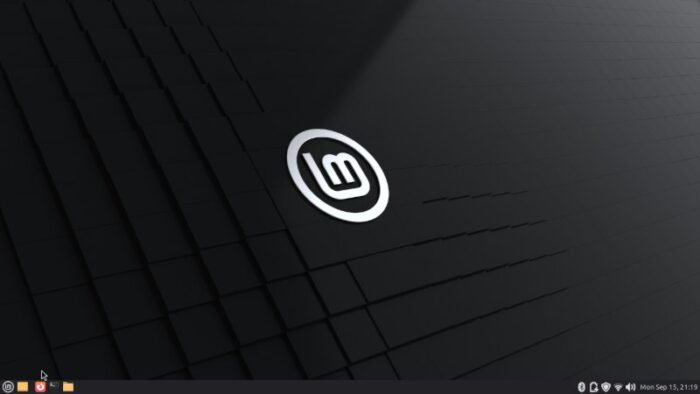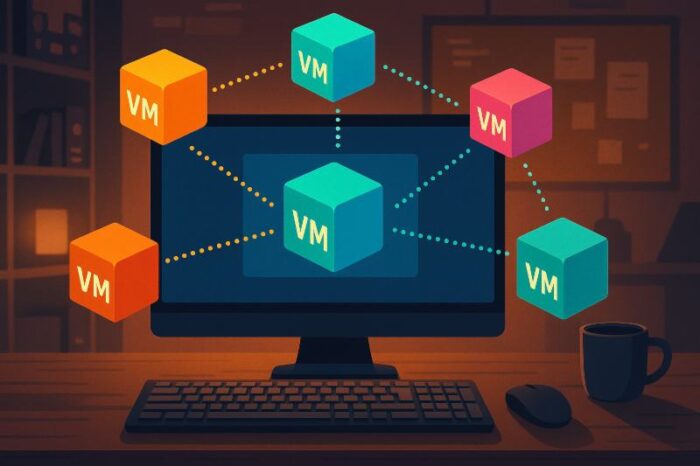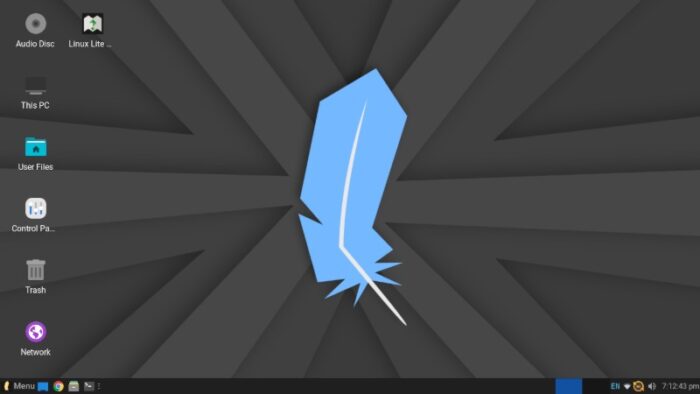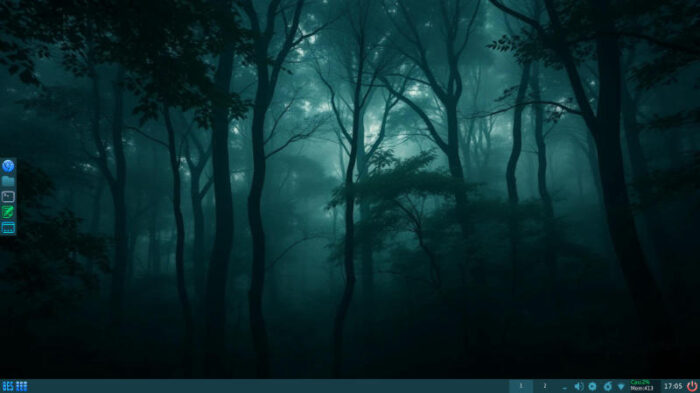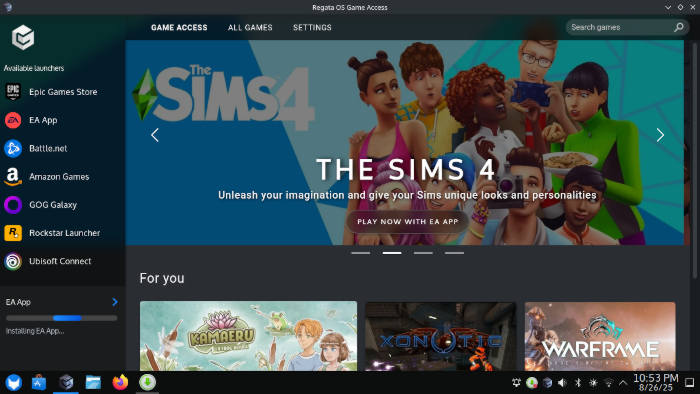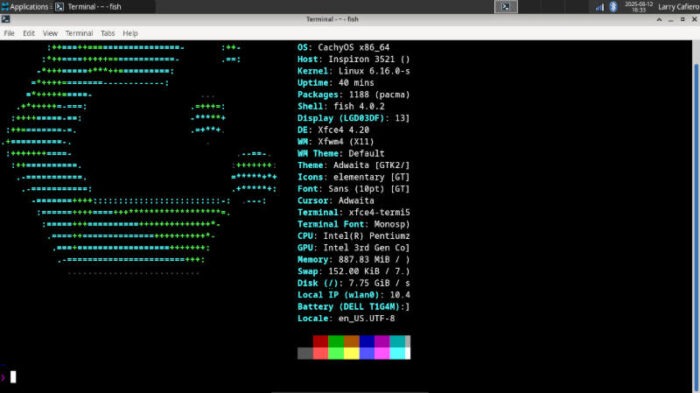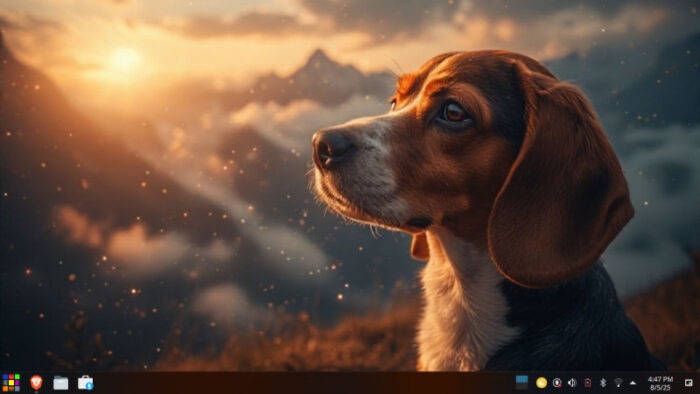Voyager 13.1 Debian wraps robust stability in unexpected elegance -- here we explore how a little French savoir-faire takes Linux somewhere new.
Posts published in “Reviews”
Do you have the audacity to use Audacity? If so, our reviewer says he wouldn't consider you audacious for a second because this app is fantastic.
This week, our Linux distro gadabout takes a look at both the Cinnamon and Mate editions of Linux Mint 22.2 "Zara," and finds absolutely nothing to complain about.
Multipass offers a quick way to create Ubuntu virtual machines with no extra hardware or complex setup needed.
Though feature-rich, Linux Lite 7.6 might come off as patronizing to new users abandoning Windows 10, and too simplistic for the Linux faithful.
BesGnuLinux calls itself lightweight, useful, and stable -- but after a wild ride with version 3-0, you might find it’s got a lot more ‘fast and furious’ under the hood.
Brazil’s Regata OS 25 balances gaming and daily tasks in a polished package. Take a closer look at what this distro brings to the table.
Old-school DNA, modern-day muscle. PCLinuxOS keeps rolling forward—faster, friendlier, and ready for anything you throw at it.
CachyOS delivers top‑tier performance, modern desktop choices, and hassle‑free software management -- a standout among Arch‑based distros.
After spending nearly a week with this distro, our Larry Cafiero tells us that RefreshOS "would be flawless if it wasn't for the long boot time."



